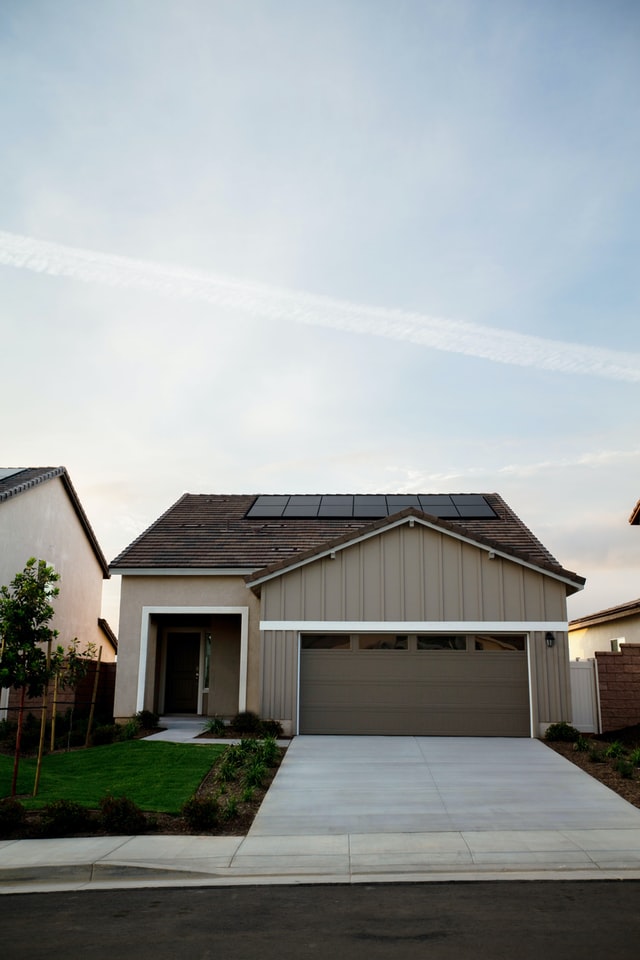An eco-friendly house not only saves you money on utility bills but also provides you with a healthy and comfortable home. It makes the planet happy as well. Here are the qualities of an eco-friendly home.

1. An Eco-Friendly Home Has Solar Panels
Residential solar energy solutions featuring photovoltaic panels are one of the best ways to cut back on your utility bills. Depending on the number of panels you have on your roof, you can cut your utilities by up to 90%. You’ll save enough on utility bills over the lifetime of your solar panels to cover the cost of buying and installing those panels.
2. An Eco-Friendly House Is Well-Insulated
Another important way to cut back on utilities is to make sure your home is well-insulated. More than half of energy costs are spent either heating or cooling homes. You can save up to 15% on your heating and cooling bills by insulating your home, especially the attic.
3. It Has Energy-Efficient Windows
Installing double-paned or even triple-paned windows in your home is another way to save on energy costs. Drafty windows increase your utility bills and make it harder to either heat or cool your home. But double-paned or triple-paned windows trap gas in between the panes of glass and provide better insulation.
4. It Incorporated Skylights
When properly installed, skylights can make your home more energy-efficient and more valuable. Skylights let more light into your home. You’ll need fewer electric lightbulbs to brighten a room. Skylights with a domed window not only bring in light but also allow for the least heat loss or gain. You can also install a venting skylight that has sensors that detect outside moisture. They close automatically when it rains. They can also allow fresh air to come into your home.
5. It Has Appliances That Are Energy-Efficient
What energy isn’t used for heating or cooling homes is used for running appliances. That’s why getting appliances that are energy-efficient makes sense. You can save a lot of money over the life of an appliance, and that makes the extra cost well worth it. Invest in an energy-efficient water heater as well. Water heaters use 15% of your energy costs, so by getting an efficient heater, you save on utilities.
Buy LED light bulbs. They last far longer than ordinary bulbs and use only a quarter of the energy that incandescent bulbs use.
6. An Eco-Friendly Home Is Well Landscaped
Plant high-quality trees and shrubs around your home so that your house is easier to keep cool in the summer. Plant trees that shed their leaves in the wintertime on the west side of your home. Select trees that reach at least ten feet in height when they’re full-grown, such as maple or oak trees.
To cut down on heating costs, plant evergreen shrubs on the north side of your home. Also, plant shrubs that are between four to ten feet in height near pavements to reflect the heat they produce.
Utility bills will likely increase in the future. By following these steps, you cut down on such costs and help save the planet.
Hey welcome to my blog . I am a modern women who love to share any tips on lifestyle, health, travel. Hope you join me in this journey!

Speak Your Mind